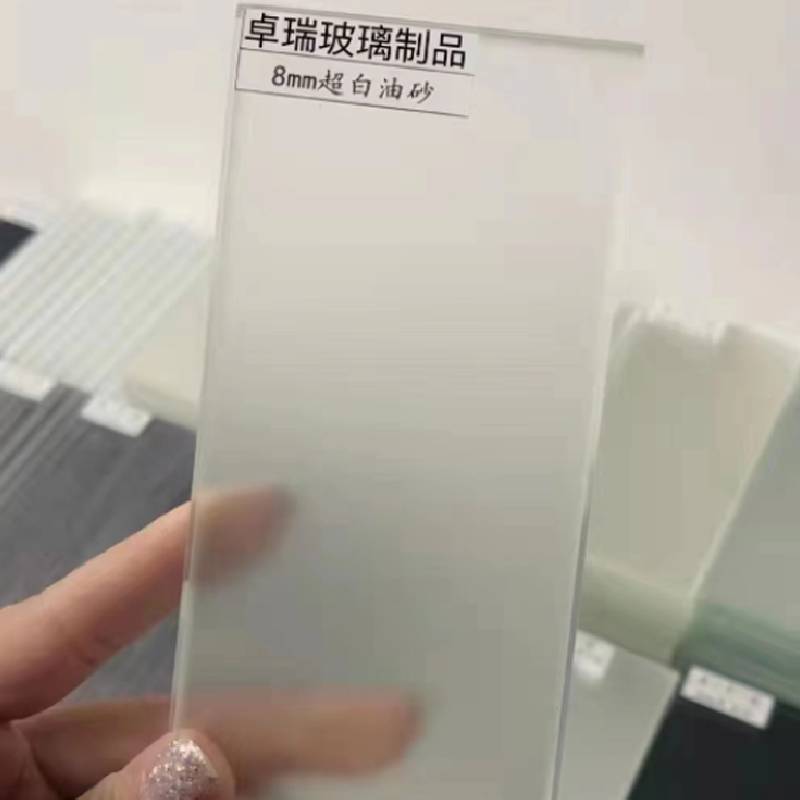Understanding the Pricing Factors of 5mm Reflective Glass
Reflective glass is a popular choice in modern architecture and design due to its aesthetic appeal and functional benefits. Among the various types of reflective glass available in the market, 5mm reflective glass has gained significant attention for its versatility, durability, and ability to enhance energy efficiency. However, many consumers and businesses often wonder about the factors influencing the price of 5mm reflective glass. In this article, we will explore the various elements that affect its pricing and provide insights into why understanding these factors is crucial for purchasing decisions.
1. Material Quality and Origin
One of the primary factors influencing the price of 5mm reflective glass is the quality of the glass itself. High-quality glass typically comes from reputable manufacturers who use superior raw materials and advanced manufacturing processes. The origin of the glass also matters; for example, glass manufactured in countries known for their stringent quality standards, like Germany or the United States, may be priced higher than that from regions with less oversight.
2. Coating Technology
The reflective properties of glass are primarily determined by the coating applied to its surface. Advanced coating technologies, such as Low-E (low emissivity) coatings, provide better energy efficiency by reflecting heat while allowing natural light to pass through. However, the more sophisticated the technology, the higher the production cost, which in turn affects the retail price of the glass. Consumers should consider whether the advantages of specialized coatings justify the increased costs.
3. Thickness and Size
As the name suggests, 5mm reflective glass has a specific thickness. However, the price may also vary based on the dimensions of the glass sheets being ordered. Larger sheets or custom sizes will typically cost more due to higher material usage and additional processing requirements. Therefore, buyers should consider their specific needs for industrial or architectural projects to find the best balance between cost and utility.
4. Market Demand and Supply
5mm reflective glass price
The law of supply and demand plays a significant role in determining glass prices. Periods of high demand, such as during construction booms or renovations, can lead to price increases. Disruptions in supply chains, such as those caused by natural disasters or global events (like pandemics), can also impact availability and pricing. Keeping an eye on industry trends and purchasing during stable periods can help buyers secure better deals on reflective glass.
5. Transport and Logistics
Transportation costs can significantly influence the overall price of 5mm reflective glass. The glass is often fragile and requires careful handling, which can lead to additional shipping and insurance costs. Local purchases usually incur lower transportation expenses than imports. Therefore, buyers should consider sourcing glass from local suppliers when possible to minimize these costs.
6. Installation Costs
When budgeting for 5mm reflective glass, it’s important to account for installation. The complexity of the installation can vary depending on the application—be it in windows, facades, or interior spaces. Professional installation may require skilled labor, which adds to the overall project cost. Hence, when analyzing the price of the glass itself, one must also consider the potential expenses associated with proper installation.
7. Market Trends and Innovations
Lastly, trends in design and environmental awareness can also influence the price of reflective glass. As sustainability becomes a more significant concern, manufacturers are investing in eco-friendly processes, which might drive prices up initially but provide long-term savings through energy efficiency. Keeping abreast of trends in the market can help buyers anticipate changes in pricing and make informed decisions.
Conclusion
The price of 5mm reflective glass is influenced by numerous factors, including material quality, coating technology, size, market demand, logistics, installation costs, and emerging trends. For consumers and businesses interested in purchasing reflective glass, understanding these factors is essential for making informed choices. By considering the various elements that affect pricing, buyers can better gauge their options and secure the best value for their investment in reflective glass. Whether for architectural projects, interior designs, or commercial applications, taking the time to understand the market can lead to more satisfying and cost-effective outcomes.
 Afrikaans
Afrikaans  Albanian
Albanian  Amharic
Amharic  Arabic
Arabic  Armenian
Armenian  Azerbaijani
Azerbaijani  Basque
Basque  Belarusian
Belarusian  Bengali
Bengali  Bosnian
Bosnian  Bulgarian
Bulgarian  Catalan
Catalan  Cebuano
Cebuano  Corsican
Corsican  Croatian
Croatian  Czech
Czech  Danish
Danish  Dutch
Dutch  English
English  Esperanto
Esperanto  Estonian
Estonian  Finnish
Finnish  French
French  Frisian
Frisian  Galician
Galician  Georgian
Georgian  German
German  Greek
Greek  Gujarati
Gujarati  Haitian Creole
Haitian Creole  hausa
hausa  hawaiian
hawaiian  Hebrew
Hebrew  Hindi
Hindi  Miao
Miao  Hungarian
Hungarian  Icelandic
Icelandic  igbo
igbo  Indonesian
Indonesian  irish
irish  Italian
Italian  Japanese
Japanese  Javanese
Javanese  Kannada
Kannada  kazakh
kazakh  Khmer
Khmer  Rwandese
Rwandese  Korean
Korean  Kurdish
Kurdish  Kyrgyz
Kyrgyz  Lao
Lao  Latin
Latin  Latvian
Latvian  Lithuanian
Lithuanian  Luxembourgish
Luxembourgish  Macedonian
Macedonian  Malgashi
Malgashi  Malay
Malay  Malayalam
Malayalam  Maltese
Maltese  Maori
Maori  Marathi
Marathi  Mongolian
Mongolian  Myanmar
Myanmar  Nepali
Nepali  Norwegian
Norwegian  Norwegian
Norwegian  Occitan
Occitan  Pashto
Pashto  Persian
Persian  Polish
Polish  Portuguese
Portuguese  Punjabi
Punjabi  Romanian
Romanian  Russian
Russian  Samoan
Samoan  Scottish Gaelic
Scottish Gaelic  Serbian
Serbian  Sesotho
Sesotho  Shona
Shona  Sindhi
Sindhi  Sinhala
Sinhala  Slovak
Slovak  Slovenian
Slovenian  Somali
Somali  Spanish
Spanish  Sundanese
Sundanese  Swahili
Swahili  Swedish
Swedish  Tagalog
Tagalog  Tajik
Tajik  Tamil
Tamil  Tatar
Tatar  Telugu
Telugu  Thai
Thai  Turkish
Turkish  Turkmen
Turkmen  Ukrainian
Ukrainian  Urdu
Urdu  Uighur
Uighur  Uzbek
Uzbek  Vietnamese
Vietnamese  Welsh
Welsh  Bantu
Bantu  Yiddish
Yiddish  Yoruba
Yoruba  Zulu
Zulu 

